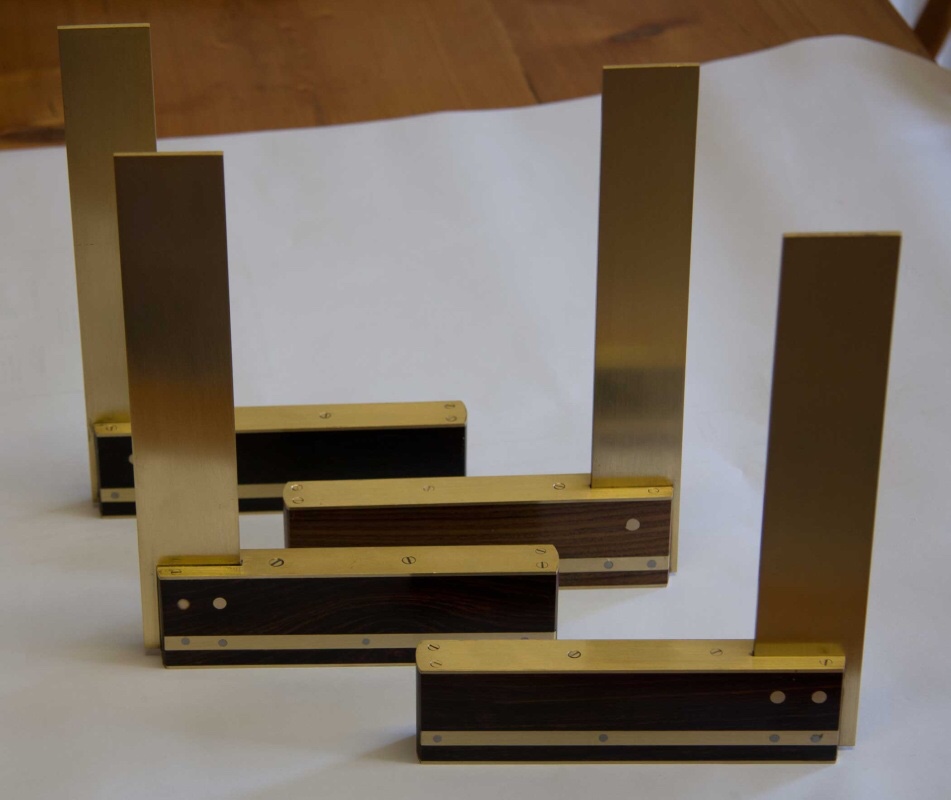Estoril-5
Established Member
Hi guys,
One basic hand tool that I'm lacking (well one with any accuracy) is a engineers or try square.
Marking out timber assuming it was square has landed to issues further down the build process.
Now I understand you get what you pay for, so;
1. how much do you spend to get a reasonable square, and
2. Is a square the right tool or do I need a t square or sliding bevel or something else.
Cheers guys
Sent from my Moto G (4) using Tapatalk
One basic hand tool that I'm lacking (well one with any accuracy) is a engineers or try square.
Marking out timber assuming it was square has landed to issues further down the build process.
Now I understand you get what you pay for, so;
1. how much do you spend to get a reasonable square, and
2. Is a square the right tool or do I need a t square or sliding bevel or something else.
Cheers guys
Sent from my Moto G (4) using Tapatalk









